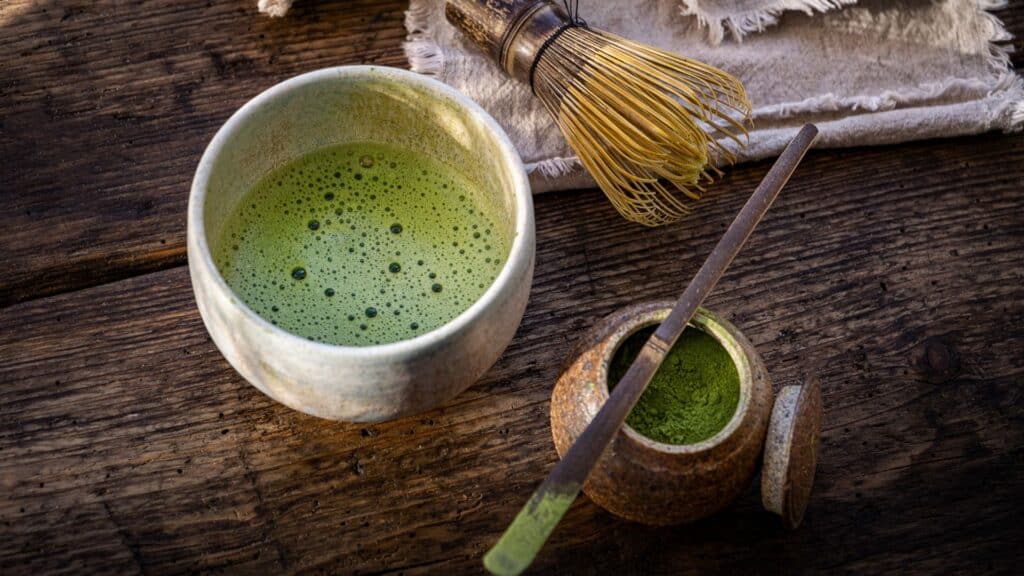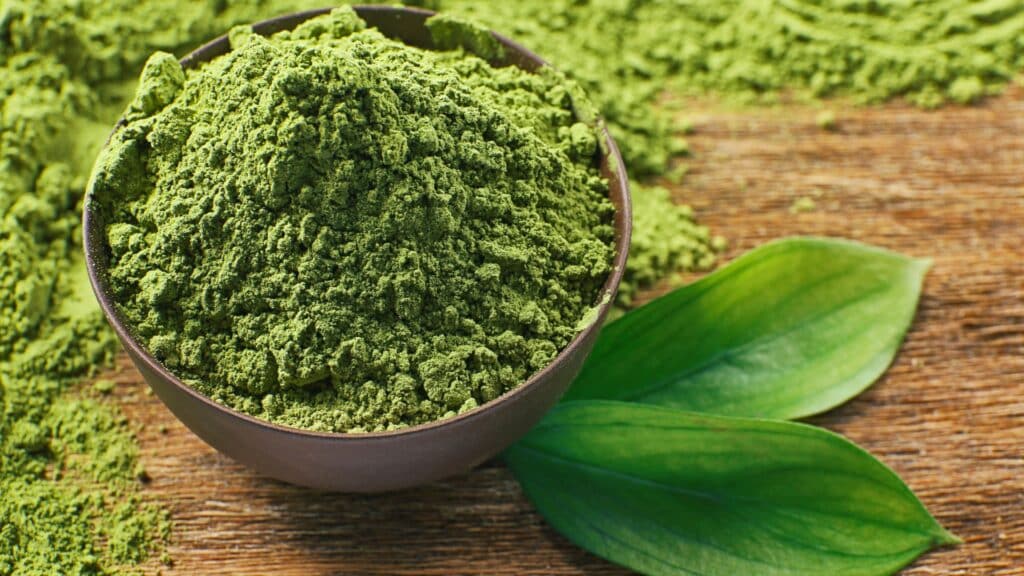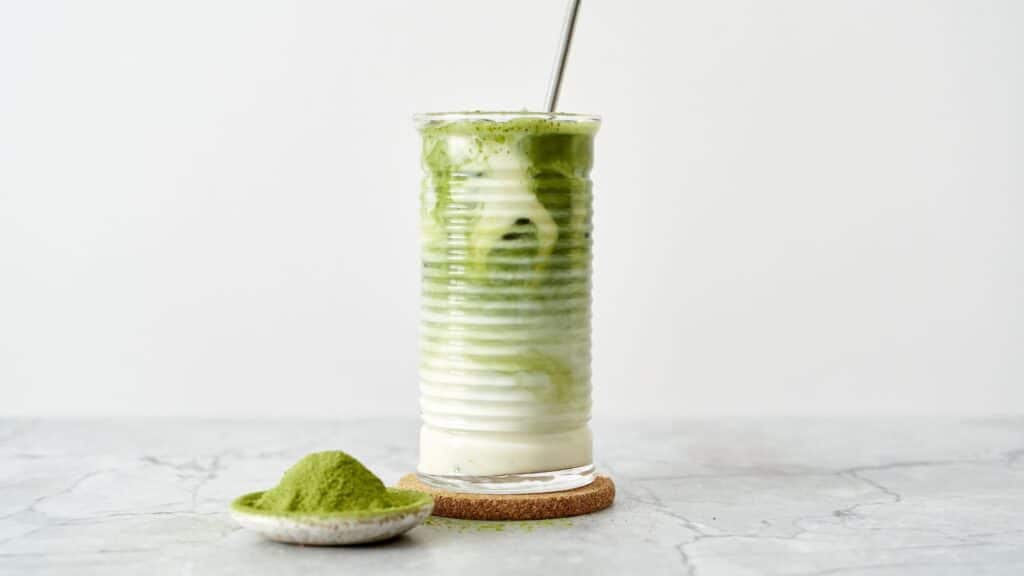Matcha - tradition, taste and health benefits
Matcha is an intense green drink prepared from powdered green tea. Its history dates back to 12th century Japan. It was then that Buddhist monks began using it to improve concentration.
Matcha is an intense green drink prepared from powdered green tea. Its history dates back to 12th century Japan. It was then that Buddhist monks began using it to improve concentration.
Today, matcha is an integral part of Japanese culture, but it is also gaining popularity around the world. It has many uses and is proven to have positive health effects.

What is matcha and what does it taste like?
Matcha is a powdered green tea that is prepared from the leaves of the highest quality tea - their name is tencha. What distinguishes matcha from ordinary green tea is that with matcha we consume the whole powdered leaf - so more nutrients get into our bodies.
The taste of matcha can be described as vegetal and grassy, with a subtle hint of bitterness. Its defining characteristic is the umami flavour - this is considered the fifth flavour, and comes from amino acids and natural glutamate. It is worth remembering that the quality of matcha affects its taste - it will be more bitter with a less quality product.
What does drinking matcha give us? Health benefits of drinking matcha
Matcha is primarily known for its stimulating effect. It increases our energy levels, and this effect can last for up to 6 hours after drinking it. Unlike coffee, it does not induce nervousness; on the contrary, it promotes concentration, calms the mind and helps to calm down. This is thanks to the presence of L-theanine, an amino acid that balances the stimulating effect of caffeine. This amino acid also has a positive effect on memory and concentration and helps to maintain adequate levels of dopamine and seratonin in the body.
Matcha is rich in antioxidants, which have been shown to have positive effects on our health - including slowing down the ageing process and slowing down the development of many diseases. Matcha contains, among other things, catechins, which reduce the risk of atherosclerosis, have antibacterial and antiviral effects, and lower blood cholesterol levels. They also show anti-cancer effects and protect against solar radiation. Because matcha consists of whole ground tea leaves, the nutrients contained in one cup of matcha are equivalent to as much as 10 cups of regular green tea.

Traditional methods of matcha cultivation
The tradition of matcha cultivation dates back to the 12th - that's when Buddhist monks brought it to Japan from China. Initially, it was only used in Buddhist monasteries as a support for meditation.
An important step in its cultivation is the shading of the tea bushes, about three to four weeks before harvesting. They are covered with bamboo mats or special nets, which reduce the access of light by up to 90 per cent. This process has a tremendous impact on the quality of the leaves - the plant, when light is restricted, begins to produce more chlorophyll (which gives the leaves their intense green colour) and L-theanine, which gives matcha its characteristic umami flavour.
Harvesting is done by hand - the youngest and most delicate leaves are selected. They are then steamed, dried and ground on stone mills. This is a lengthy process, but it is what gives matcha its unique flavour.
Traditional matcha cultivation and production methods are time-consuming, so not all plantations around the world follow these practices. Cheaper, industrial substitutes for traditional matcha - grown without shade, harvested and ground by machine - are increasingly common. Such matcha differs from traditional matcha in colour, taste, but also in properties - it contains far fewer amino acids.
That's why it's worth reading labels and opting for matcha from Japan's renowned reginas (such as Uji, Nishio and Shizuoka) - that's where the matcha-growing tradition continues.

Use of matcha in the kitchen
Matcha is primarily known as a drink, but there are many more possible uses for it. It is also great as an ingredient in desserts, smoothies, cakes and even dry dishes.
As well as having a positive effect on our health, the antioxidants it contains also add intense colour to dishes. It is a popular addition in plant-based and sugar-free cooking.
Its bitterness and 'umami' flavour go perfectly with both vegetable milk and dessert creams. Thanks to its versatile use, it can be found more and more frequently in modern recipes.



